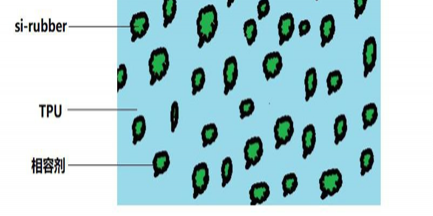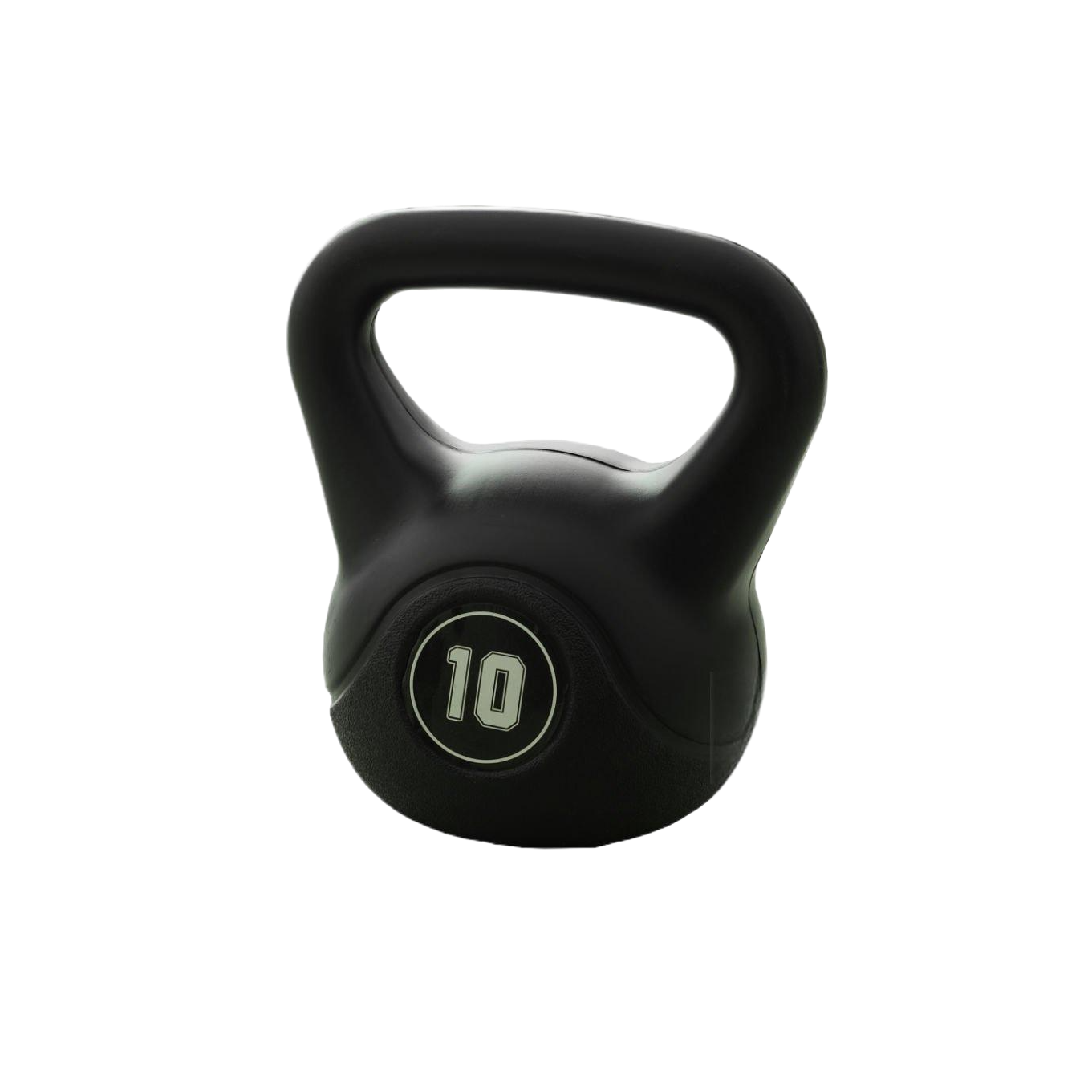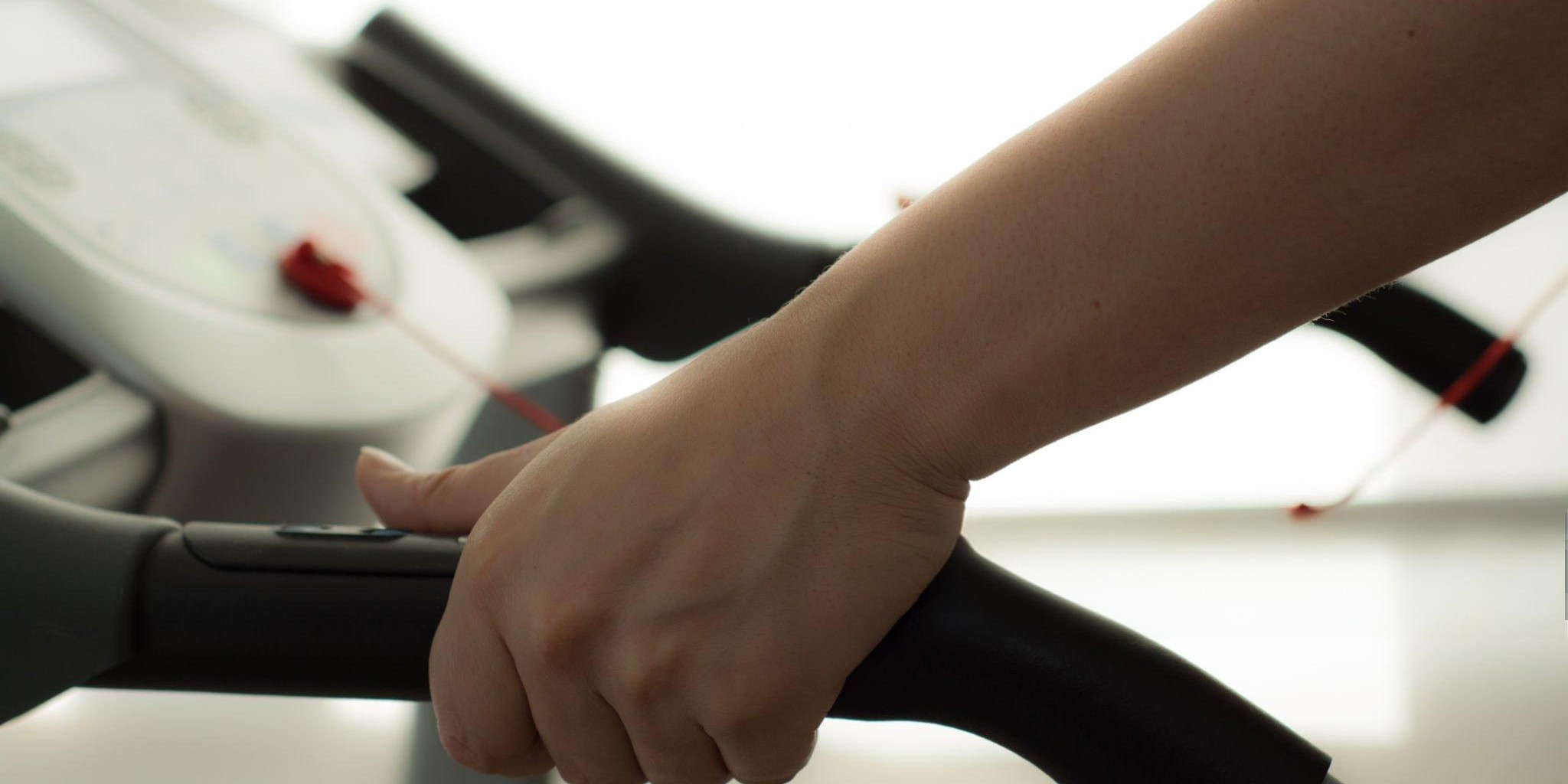
Why Is Soft Overmolding on Nylon So Important?
Nylon, as an engineering plastic, is widely used in various applications due to its excellent mechanical properties. However, its rigid surface often leads to a poor tactile experience and potential skin abrasion during human contact. To address this, soft elastomers with Shore hardness ranging from 40A to 80A (typically 60A~70A) are overmolded onto nylon substrates, providing skin-friendly protection, enhanced tactile comfort, and greater design flexibility.
Traditional physical bonding methods (e.g., snap-fit designs, knurling, or threaded surfaces) for nylon overmolding suffer from inconsistent adhesion strength and limited design freedom. In contrast, chemical bonding leverages molecular affinity, polarity, or hydrogen bonding between materials, ensuring uniform adhesion across the interface and enabling complex geometries.
The Importance of Abrasion Resistance
In daily use, fitness equipment grips are subjected to frequent friction from the user’s hands. This is especially true during high-intensity exercises such as weightlifting and pull-ups, where the grips endure even greater abrasive forces. If the grip material lacks sufficient wear resistance, it may quickly show signs of deterioration—including wear and peeling—which not only compromises the appearance but also reduces anti-slip performance. This can significantly increase safety risks for users during workouts. For equipment in commercial gyms, which experiences extremely high frequency of use, the demand for wear-resistant grips is particularly stringent. Therefore, selecting materials with excellent wear resistance is paramount to ensuring both the longevity and safety of fitness equipment grips
The Importance of Comfort
Comfort is another critical factor in selecting grip materials for fitness equipment. A comfortable grip can reduce hand fatigue, allowing users to focus more effectively on their workouts. Key properties such as softness, tactile feel, and moisture-wicking ability significantly impact the overall comfort of a grip. Soft and elastic materials conform better to the hand, distributing pressure evenly and avoiding localized discomfort. A pleasant tactile experience enhances user satisfaction, while effective sweat absorption prevents slipping caused by perspiration, further improving comfort and security. During prolonged cardio sessions—such as those on treadmills or elliptical machines—a comfortable grip enables users to exercise longer and enhances overall fitness outcomes.
Traditional Overmolding Materials Used for Equipment Grips and The Defects
Properties of TPE Elastomer
Thermoplastic elastomer (TPE) is a material that combines the properties of both rubber and thermoplastics, making it an excellent choice for dumbbell grips. However, under prolonged, high-frequency, and high-intensity gripping and friction, the surface of TPE grips may exhibit wear, powdering, or even scratch marks from fingernails. If users frequently apply oily skincare products, sunscreen, or certain cleaning agents, these chemicals can gradually erode the TPE surface, leading to stickiness, discoloration, or accelerated aging.
Properties of PU Elastomer
Polyurethane (PU) elastomer is a material known for its excellent overall performance, making it particularly advantageous for use in exercise bike grips. PU elastomer offers high strength and wear resistance, enabling it to withstand the frequent hand movements and associated friction during cycling workouts. To achieve extreme durability, PU formulations are typically designed with higher hardness. While this enhances longevity, it also results in a firmer feel, trading off some of the immediate softness and comfort upon contact. Ultimately, it provides a sense of security through durability rather than plush comfort.
Properties of Silicone Elastomer
Silicone is a common polymer material offering unique advantages for yoga roller grips. It has a soft texture and fine surface feel, providing users with a highly comfortable gripping experience. However, silicone's tear strength and tensile strength are significantly lower than those of TPE and PU. If the grip design incorporates thin edges or sharp corners, the silicone overmolding can easily be picked, torn, or cut, resulting in poor durability. Additionally, silicone involves high material costs and complex molding processes.
Discover how Si-TPV provides more comfort and better Stain-Resistance and Abrasion-Resistance Solution!

- It offers a comfortable tactile experience, providing a soft and conforming grip that feels pleasant against the skin without causing irritation. It exhibits excellent abrasion resistance—its molecular structure helps resist intensive abrasion and aging under repeated friction.
- It conforms closely to the user’s palm, effectively distributing hand pressure and reducing fatigue during heavy strength training. Its outstanding abrasion resistance ensures that equipment grips maintain their appearance and performance even after extensive use, significantly extending the product’s service life. Moreover, Si-TPV demonstrates good satin resistance, wet-slip resistance and aging stability, making it suitable for various factors in fitness environments such as sweat and cleaning agents. It effectively withstands erosion from perspiration and cleaning chemicals, ensuring long-term durability and consistent performance.
- Additionally, Si-TPV is environmentally friendly, non-toxic, and recyclable, aligning with modern sustainable manufacturing principles
To discover how Si-TPV anti-slip modifier can give your most reliable solution. Contact us via amy.wang@silike.cn, and visit our website www.si-tpv.com to learn more.






















